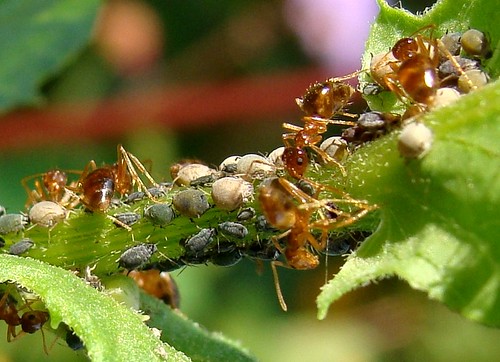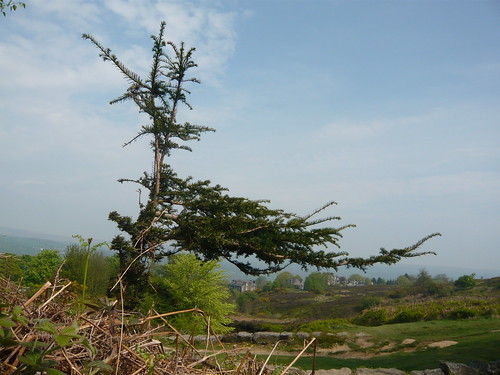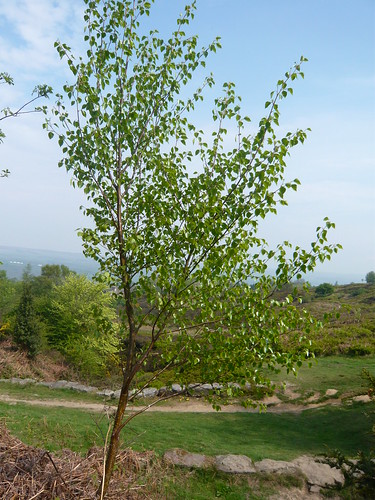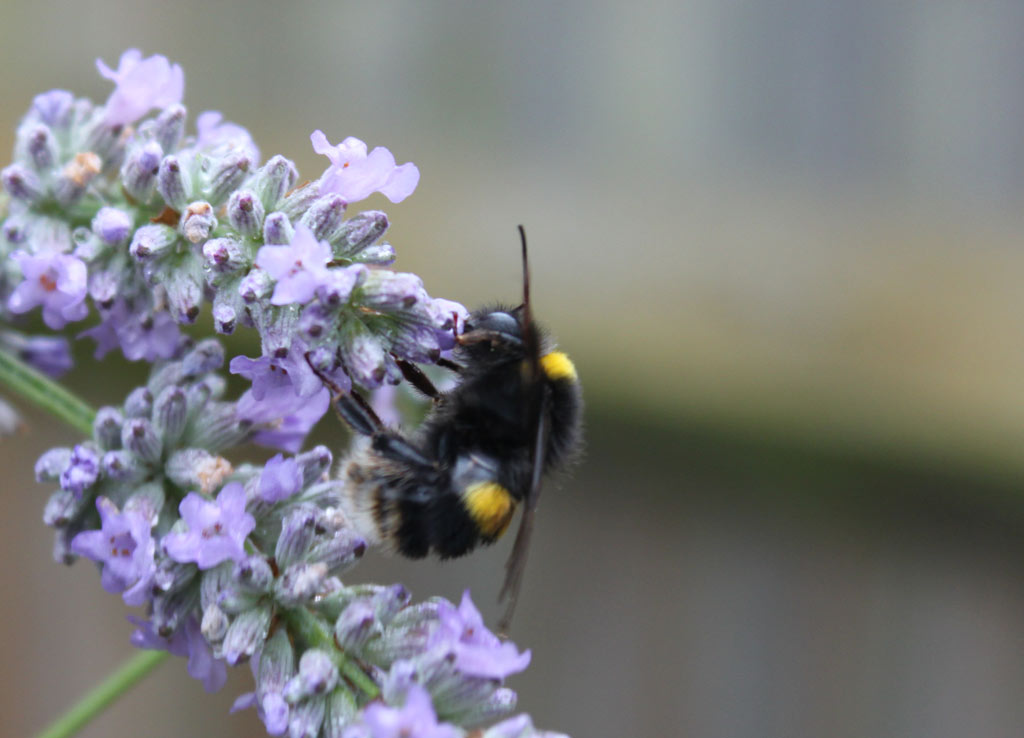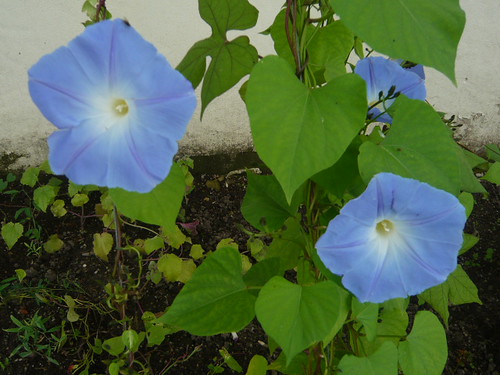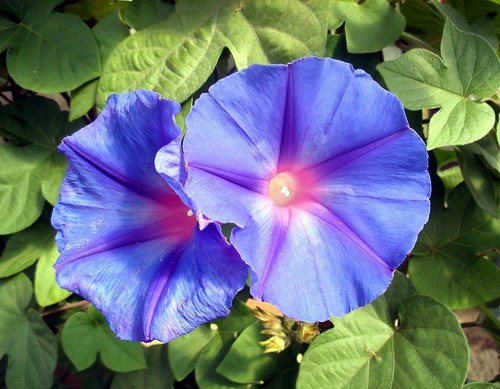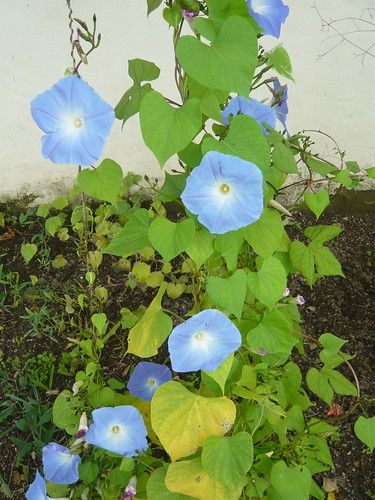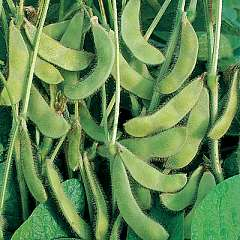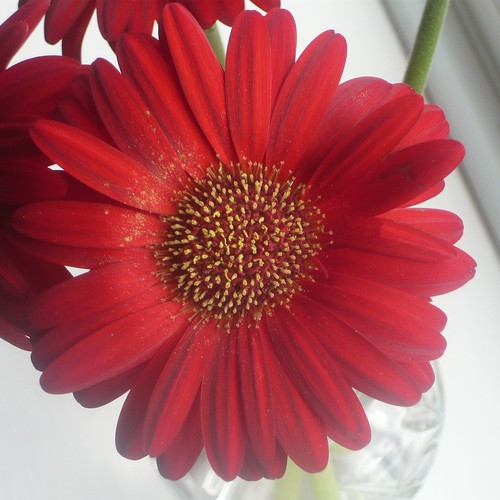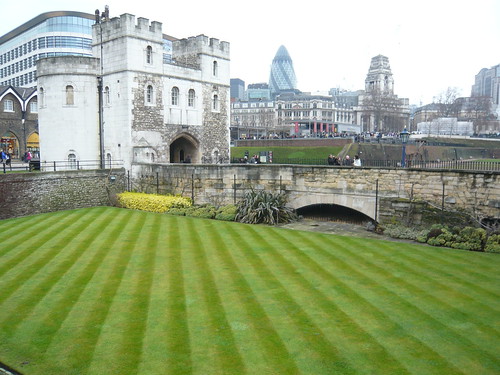Kids Plants to Make Them Gardeners
Kids can have fun in the garden and on a windowsill. It can give them an understanding of food and green issues in a fun environment. Help them grow plants that are easy, reliable and develop quickly to maintain interest. Give them good soil, a sunny location and help so they are not put off gardening in the future.
Kids can be turned into enthusiastic gardeners from an early age and with luck it will stay with them for life
Plants for Kids
- Mustard and Cress are quick germinators and growers and produce an edible crop in days not weeks.
- Sunflowers are very popular with children, the seeds are easy to handle and the growing plants look bigger every week.
- Nasturtiums are quick growing and even if they do not like the peppery tasty the flowers and leaves are edible. The three seeds per flower show how plants reproduce year after year whilst providing food for other creatures.
- Plants from tubers or bulbs such as Dahlias and Lilies are popular for the flowers. For indoors as a present for Mum try a Gloxinia
- Seed potatoes. Peas or Courgettes are reliable croppers.

